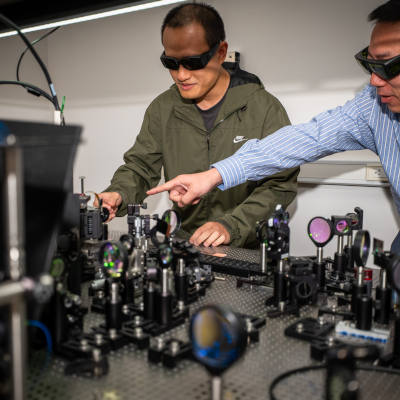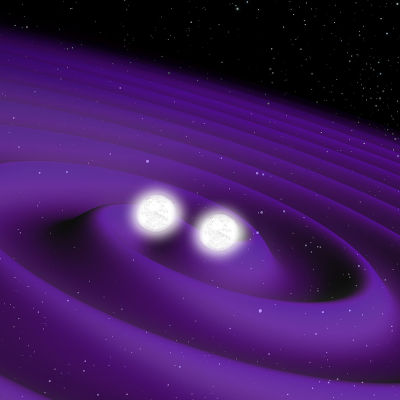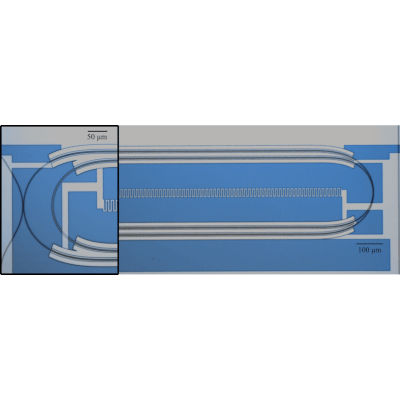3D photonic cavity enhances light control
Apr. 21, 2025.
2 mins. read.
1 Interactions
New structure traps light, advancing quantum computing and communication technologies with stronger light-matter interactions.
Researchers at Rice University developed a 3D photonic-crystal cavity, a structure that traps light. This device controls how light interacts with matter. They published their findings in Nature Communications. A photonic-crystal cavity reflects light between surfaces, like mirrors in a room. Light bounces in specific patterns called cavity modes. These patterns help light interact strongly with materials. Strong interactions are useful for quantum computing, which uses quantum states for fast calculations, and quantum communication, which sends data securely. Most cavities are simple and one-dimensional. The new 3D cavity is complex, allowing multiple cavity modes to work together.
The researchers built the cavity with tiny structures to hold light. They studied how it interacts with free-moving electrons in a magnetic field. The cavity creates strong electromagnetic fields, which mix light and electrons into polaritons. Polaritons are hybrid light-matter states. They allow precise control of light at small scales. Polaritons can also entangle, which is useful for quantum circuits and sensors. The researchers used terahertz radiation to observe these interactions. They worked in ultracold temperatures and strong magnetic fields to see clear results.
Ultrastrong coupling and new possibilities
When light and electrons interact intensely, they enter ultrastrong coupling. In this state, light and matter blend deeply. This blending resists energy loss, creating stable hybrid states. The researchers found that different cavity modes interact with electrons differently based on light’s polarization. Depending on polarization, cavity modes either stay separate or mix, forming new hybrid modes. This mixing lets cavity modes “talk” through electrons, creating new quantum states. The researchers also discovered matter-mediated photon-photon coupling, where electrons help light particles interact. This finding could lead to new quantum computing and communication methods.
The cavity’s design improves light-matter interactions, making quantum processors faster and data transmission more efficient. It also supports next-generation sensors. Quantum states are fragile, but the cavity protects them. The researchers used simulations to confirm their findings, matching the cavity’s behavior to experiments. Their work opens doors to advanced quantum technologies by controlling light in new ways.
Let us know your thoughts! Sign up for a Mindplex account now, join our Telegram, or follow us on Twitter.


.png)

.png)


.png)





0 Comments
0 thoughts on “3D photonic cavity enhances light control”